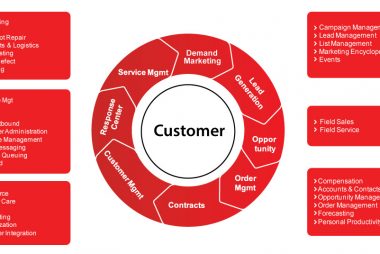Customer Master Data Management (CMDM) illuminates the path to customer-centricity by consolidating fragmented customer data into a unified hub. This centralized repository ensures accuracy, fueling strategic decision-making tailored to unique customer needs and preferences. Automated data cleaning and enrichment streamline processes, liberating valuable resources. User-friendly interfaces foster cross-functional collaboration, cultivating a data-centric culture that deepens customer understanding.
CMDM empowers targeted marketing, personalized offerings, and tailored experiences that maximize customer lifetime value. In industries where customer relationships reign supreme, like real estate, CMDM provides invaluable insights for anticipating client needs and building trust. It optimizes marketing across sectors, enabling precise customer segmentation and personalization. Ultimately, CMDM is a strategic catalyst, unlocking the true potential of customer relationships in the digital age.

